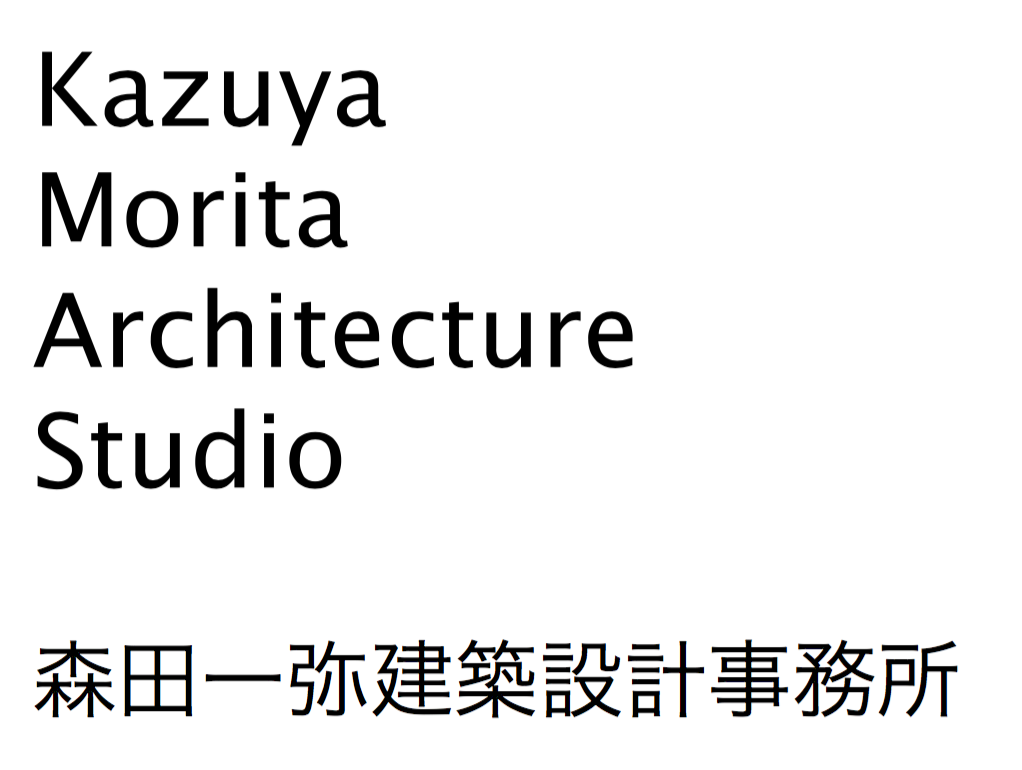巨大なミュージアムは、常に文化的辺境に建設される。
なぜなら文化的コンプレックスこそが「ミュージアム」という制度の根源だからである。
大英博物館やエルミタージュ美術館を見るといい。
コレクションの多くは自国から遠く離れた地域の文化的遺産である。
産業革命後の西欧諸国が、イスラム諸国等への文化的コンプレックスを
遺産の「略奪」という行為によって克服しようとした結果、
巨大なミュージアムがヨーロッパ各地に生まれた。
二十世紀初めにはアメリカが西欧の美術品を大量に輸入し、
バブル期には日本の田舎に乱立したミュージアムが海外の美術品を買い漁った。
文化的コンプレックスが克服されるまで、
「略奪」への意欲はやまず、ミュージアムは膨張を続ける。
MUSEUMの起源は一つの立方体である。
その中に何があったのか、今では知る由もないが、空洞だったという人もいる。
その周囲に格子状の展示空間が増殖し、コレクションが納められていった。
肥大化したコレクションの中で相対的に価値を失ったものは、
度重なる拡張で空洞化した中心部に土砂と共に廃棄された。
現在のMUSEUMは直径50kmの巨大な円環状に広がっている。
埋め立てられた土地は農地となり、町や村もできはじめている。
perspective (420 × 594mm)
elevation (420 × 594mm)
roof plan (420 × 594mm)
Great museum would always established in cultural frontier,
because of the source of the museum-system based on cultural inferiority-complex.
In 19th century —after the Industrial Revolution—,
European countries plundered huge amount of heritages from Asia and Middle East,
and in 20th century, so many paintings were purchased and imported to United States and Japan.
Until the cultural inferiority-complex was healed over,
the expansion of the museum would last.
The origin of the MUSEUM was a cube.
It is almost impossible to know what was inside,
but some legend tells the cube was empty.
Cubic spaces to exhibit the heritages and treasures were multiplied,
and collection of the MUSEUM was inflated.
With the expansion of the MUSEUM,
the core of the MUSEUM was buried in land for farming and settling.
Now the edge of the museum reached to the coast,
and it has a diameter with 50km in ring-shaped.





コメントを残す